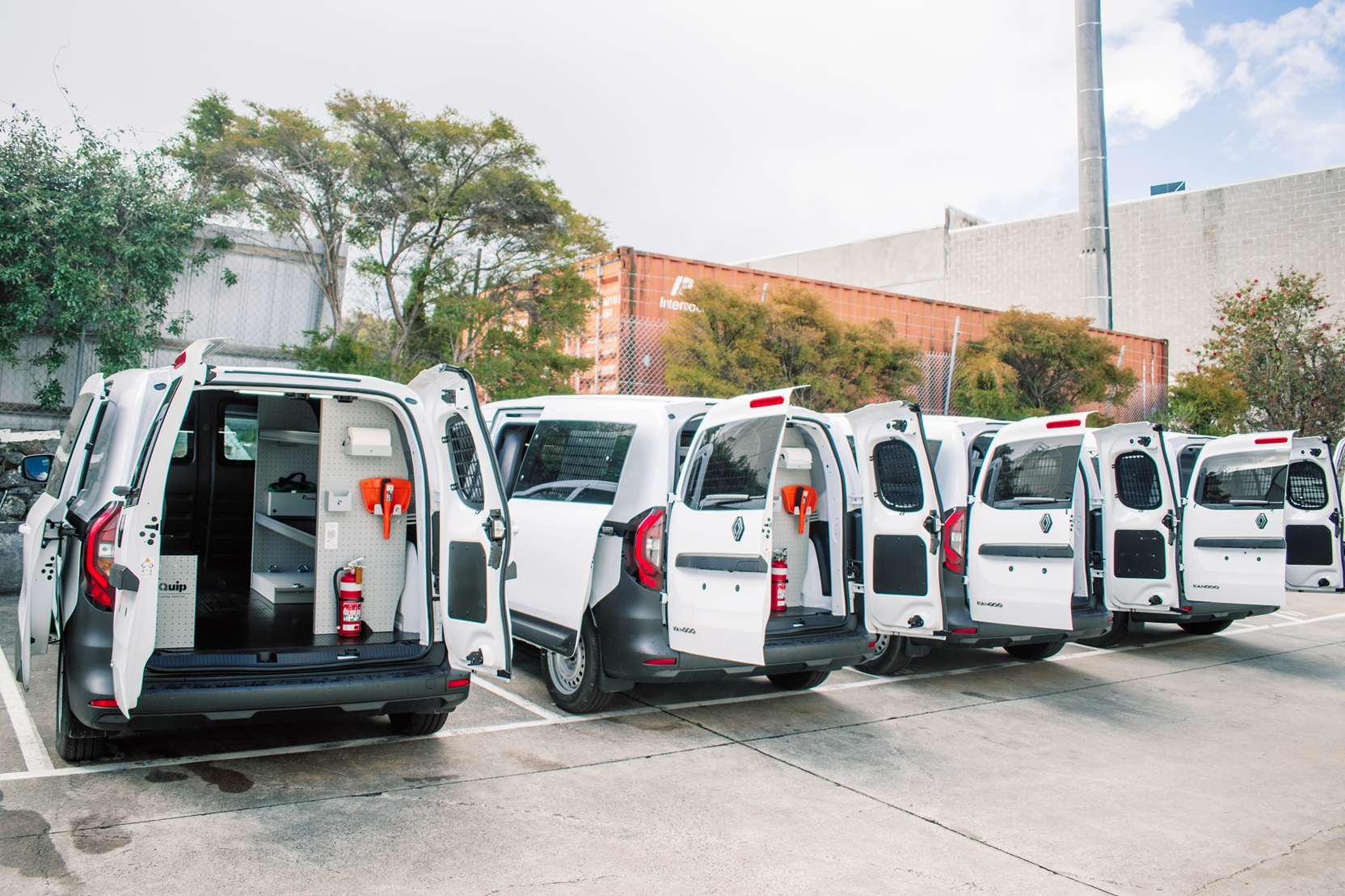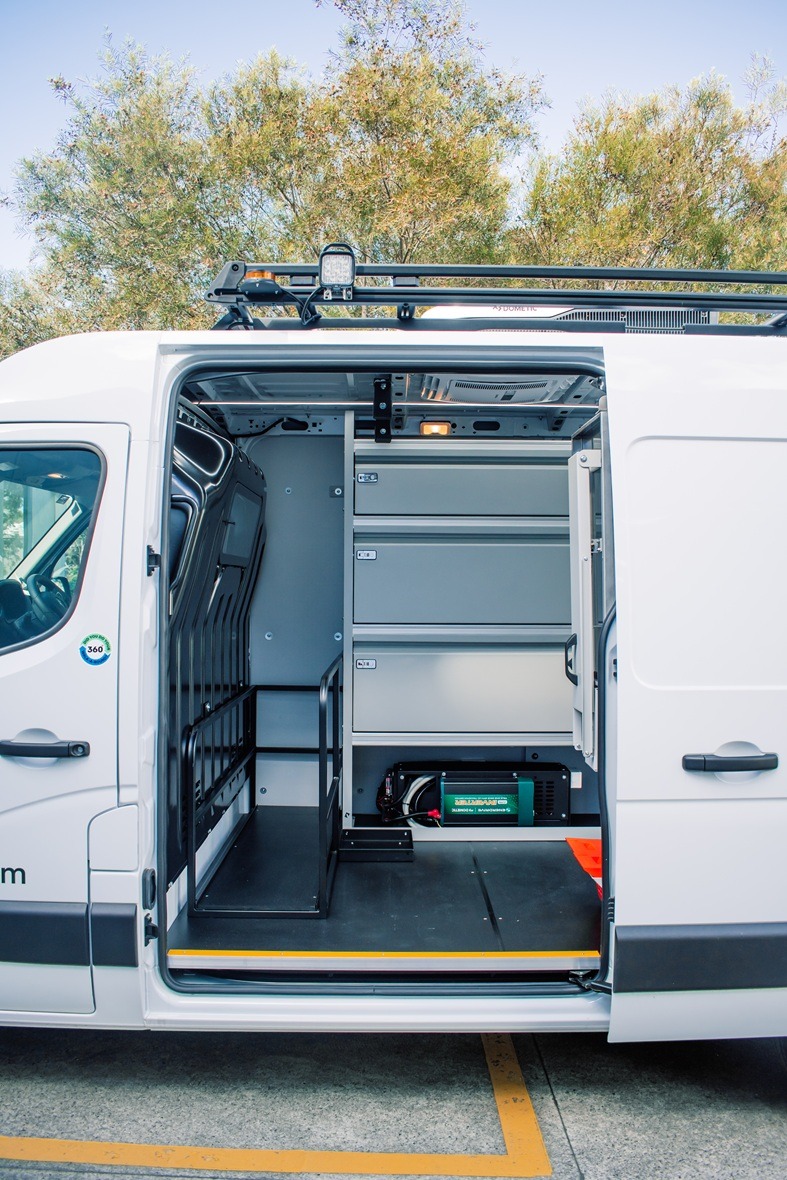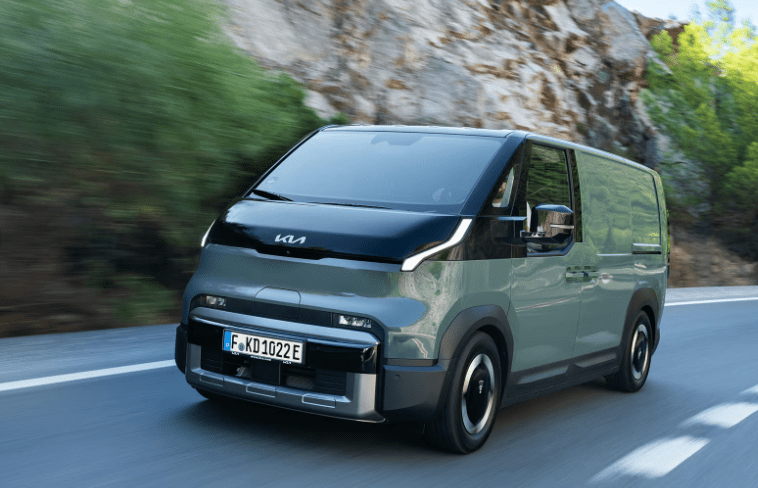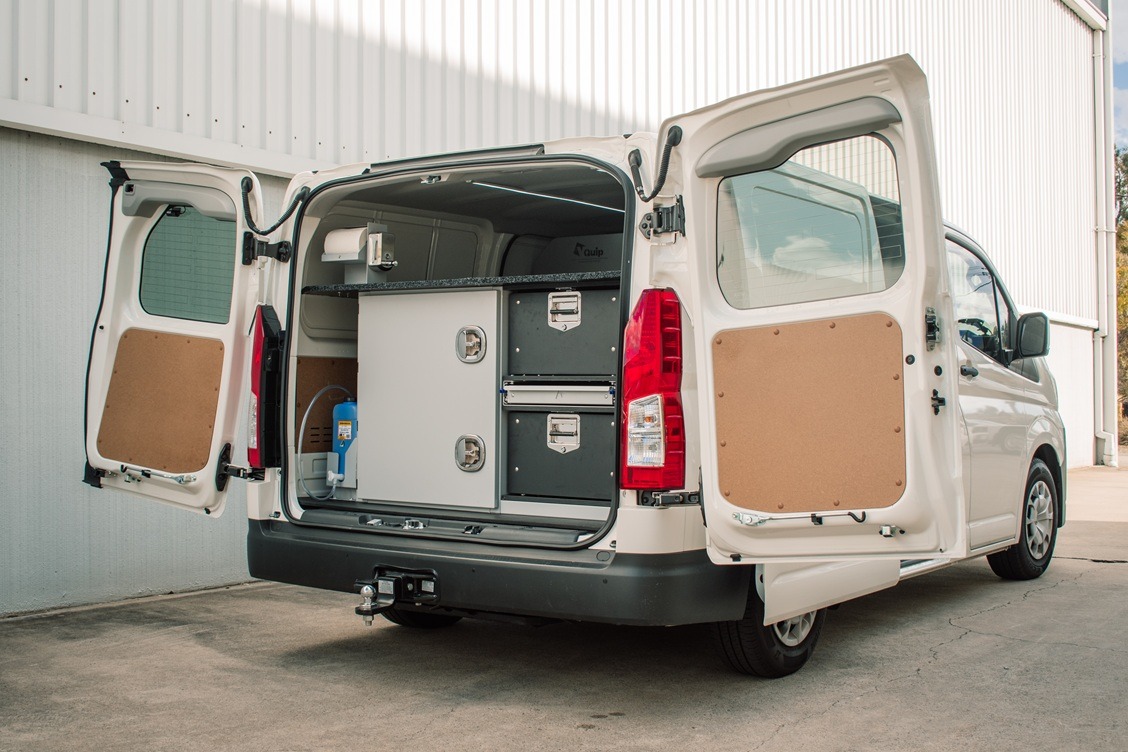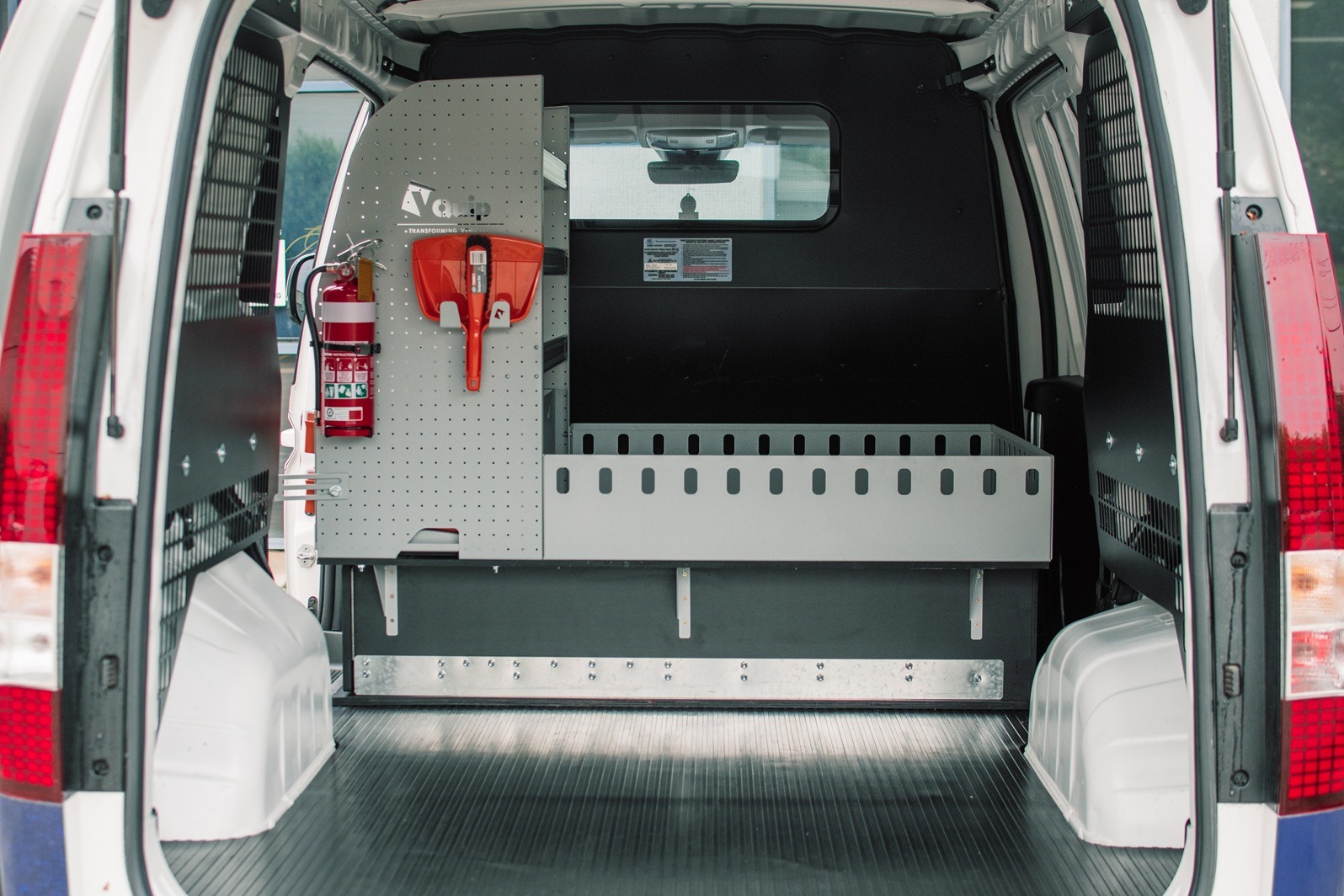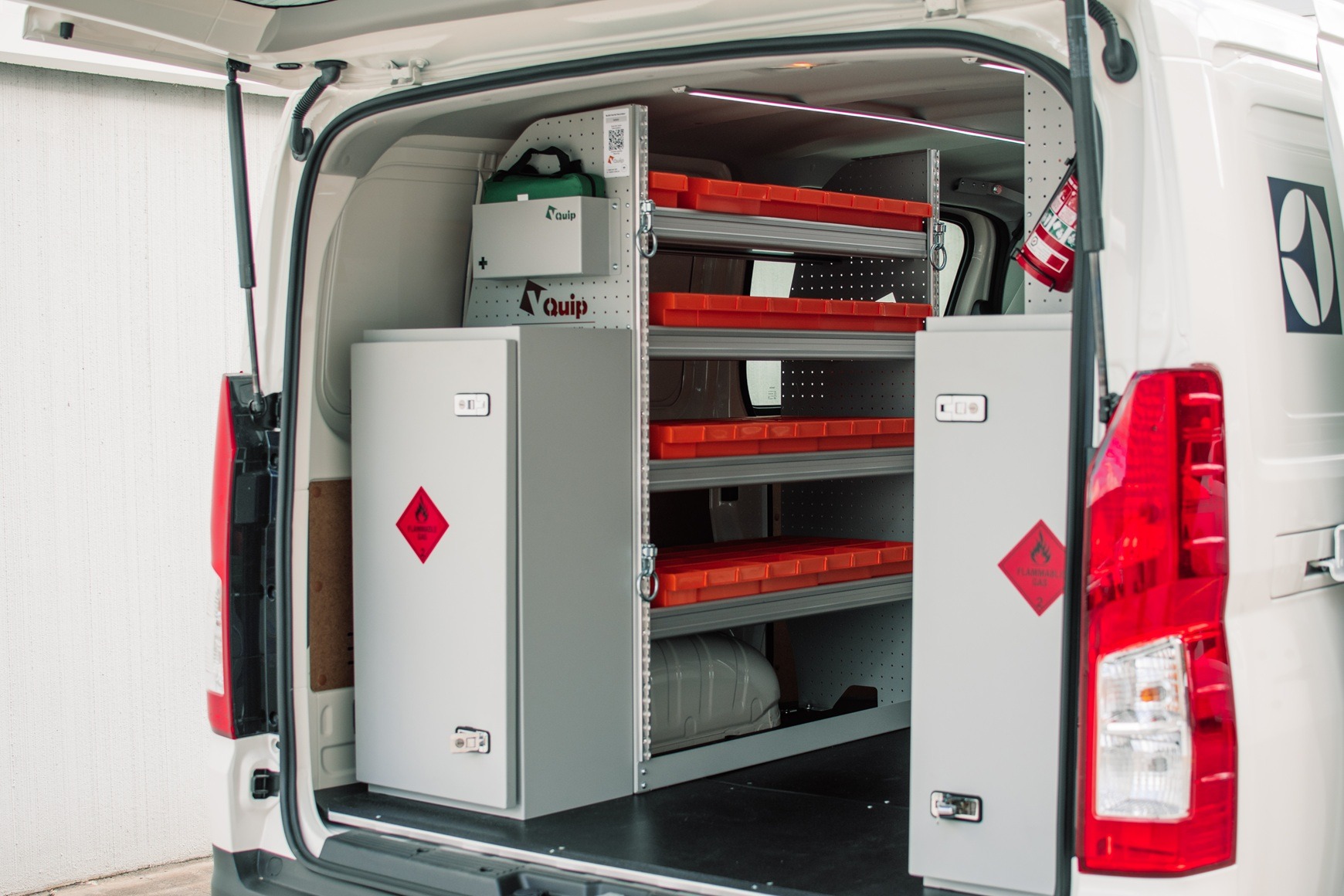
Choosing the Right Vehicle for Your Fitout: Payload, Volume, and Compliance – The Balancing Act
Jul 30, 2025
Selecting the right vehicle for a commercial fitout isn’t just about picking the latest van or ute model. For fleet managers and leasing companies, payload, cargo volume, and compliance are the three pillars that determine whether a vehicle can do its job efficiently and legally.
Too often, businesses make the mistake of prioritising one factor—like internal volume—only to discover they’ve compromised on payload capacity or exceeded legal limits. In this article, we’ll guide you through the balancing act of payload, volume, and compliance, and how to avoid the pitfalls.
- Understanding Payload: More Than Just a Number
Payload is the maximum weight a vehicle can carry, including passengers, tools, equipment, and cargo. It’s the difference between the vehicle’s Gross Vehicle Mass (GVM) and its kerb weight.
- Why It Matters:
Overloading a vehicle isn’t just illegal; it can lead to fines, reduced fuel efficiency, increased wear on brakes and suspension, and even serious safety risks. - The Fitout Factor:
A high-quality shelving system, drawers, roof racks, and other fitout components all add weight. Every kilogram of fitout eats into your payload.
For example, a steel shelving system may weigh more than an aluminium or hardwood ply equivalent—something to consider when planning your setup. - Tip for Fleet Managers:
Always calculate the weight of your tools and fitout before committing to a vehicle. A ute might offer a higher payload, while a van may be more practical for secure tool storage but have lower limits.
- Cargo Volume: Maximising Usable Space
Cargo volume refers to the usable cubic space inside the vehicle (measured in m³). For trades that rely on carrying a wide range of tools, parts, and consumables, this is a crucial factor.
- Why It Matters:
A vehicle with insufficient cargo space forces you to compromise on organisation or leave essential gear behind. - The Fitout Factor:
Internal shelving, partitions, and tool storage can reduce the usable floor space. Choosing a vehicle with an adequate width between wheel arches and roof height is critical for getting the most out of your fitout. - Examples:
A high-roof van (e.g., VW Crafter or Mercedes Sprinter) can accommodate taller shelving units and stand-up work zones, while a mid-size van or dual-cab ute might require a leaner setup with external roof racks for ladders or conduit.
- Compliance: Staying on the Right Side of the Law
Compliance is about ensuring that your vehicle and fitout meet Australian regulations for load limits, safety, and vehicle modifications.
- Overloading Penalties:
Exceeding the GVM can result in heavy fines, voided insurance, and higher risk of accidents due to compromised handling. - Engineering Approvals:
Some heavier service body fitouts or dual-cab conversions may require engineering certification to ensure compliance with Australian Design Rules (ADRs). - Balance and Stability:
The way weight is distributed in your vehicle impacts road handling. A well-planned fitout spreads weight evenly and secures all items properly.
- The Balancing Act: What Fleet Managers Should Ask
When choosing a vehicle, consider these key questions:
- What’s the typical weight of your tools and equipment?
- How much interior storage do you actually need?
- Will the vehicle still be within GVM limits once fully fitted out and loaded?
- Does the vehicle need to handle off-road conditions or city parking restrictions?
- Is a mix of vans and utes the smarter approach for your fleet?
- How VQuip Helps You Get It Right
At VQuip, we understand that selecting the right vehicle isn’t just about today—it’s about the long-term efficiency and safety of your fleet. Our team works with fleet managers and leasing companies to:
- Assess payload and GVM requirements.
- Recommend fitout materials that reduce unnecessary weight.
- Design custom storage solutions that maximise internal volume.
- Ensure every build meets Australian compliance standards.
Final Thoughts
Choosing the right vehicle for your fitout means finding the sweet spot between payload capacity, internal volume, and compliance. A vehicle that’s too small, too heavy, or non-compliant can cost you time, money, and safety. By planning carefully and working with experts like VQuip, you can build a fleet that’s efficient, compliant, and tailored to your trade’s needs.
